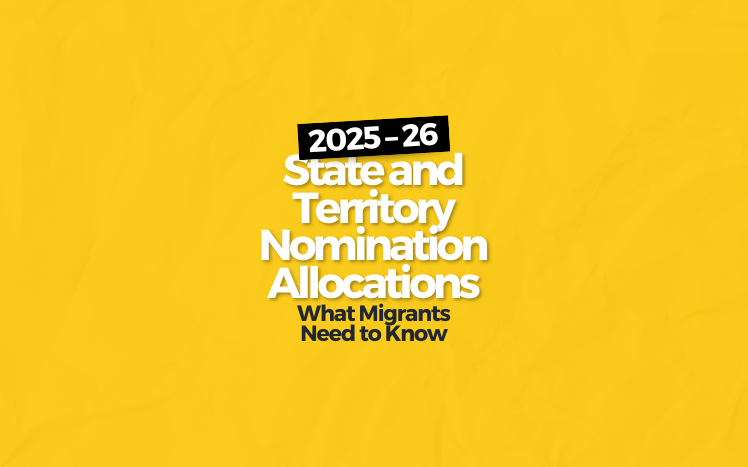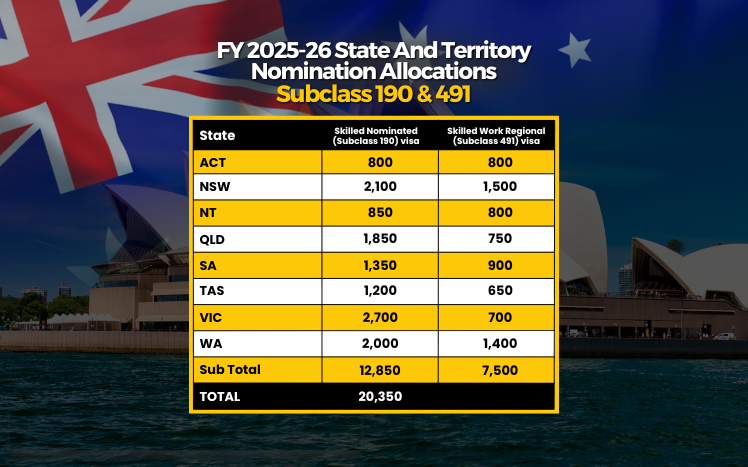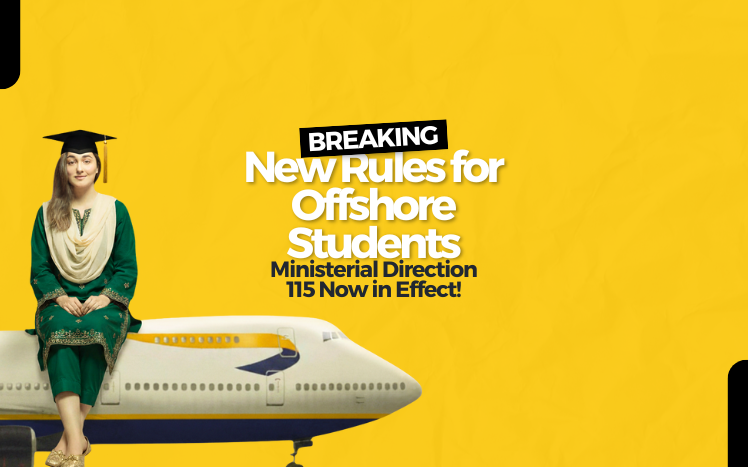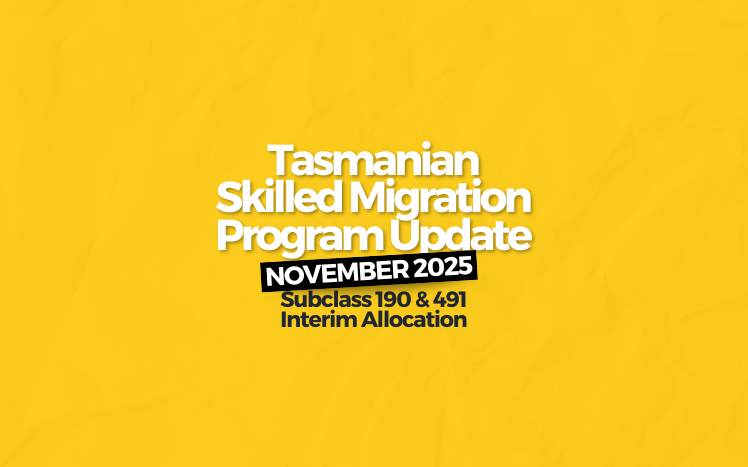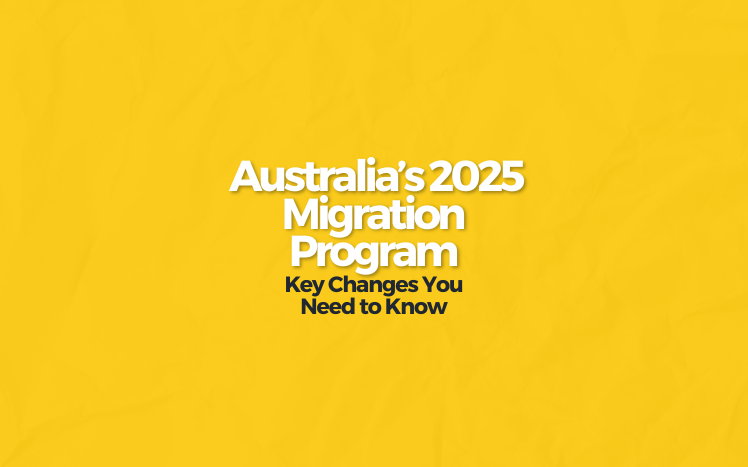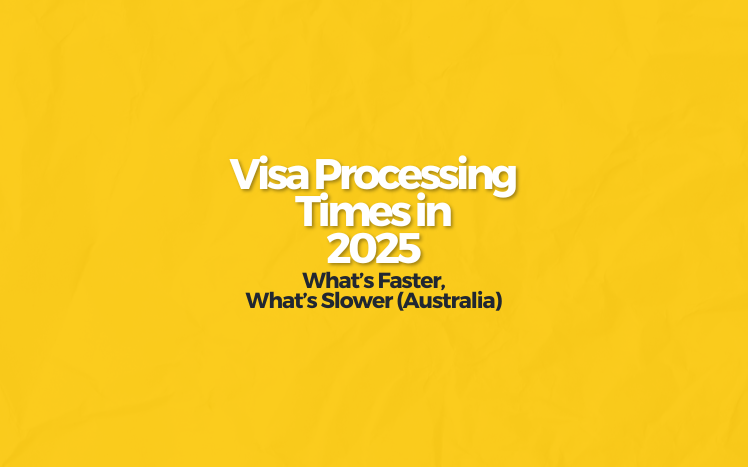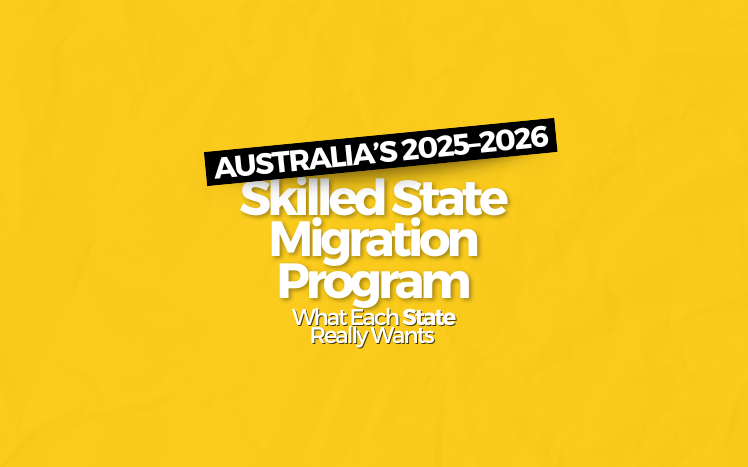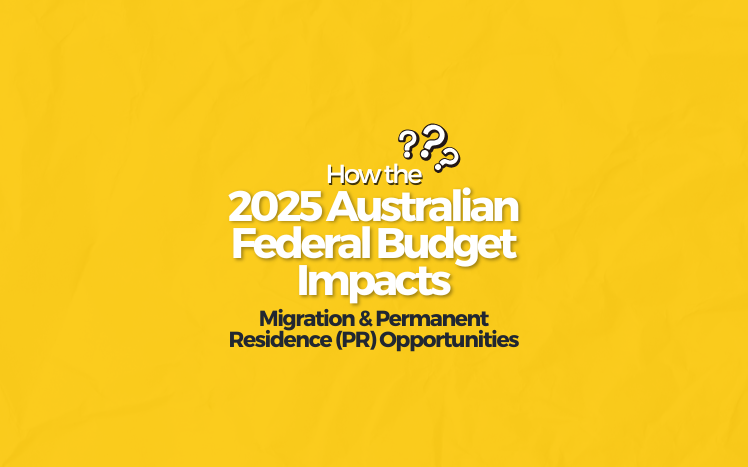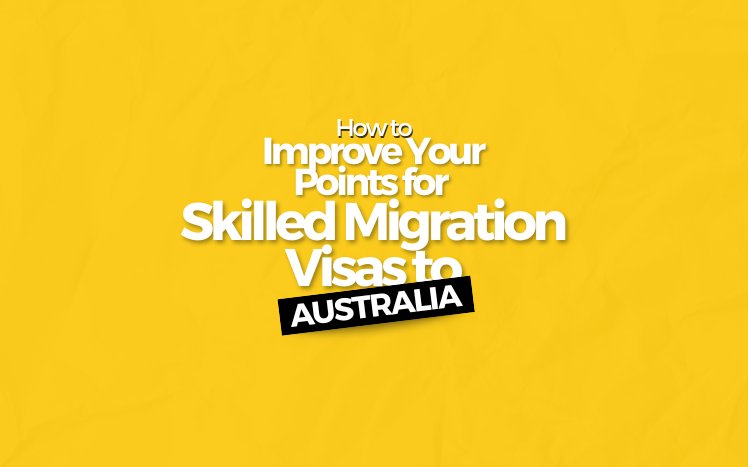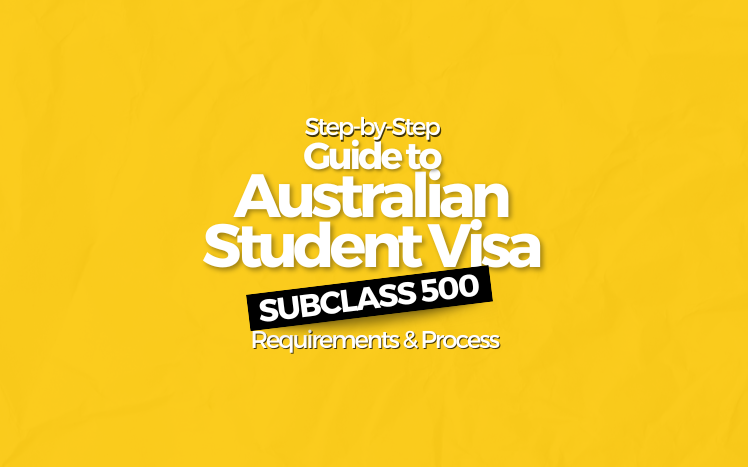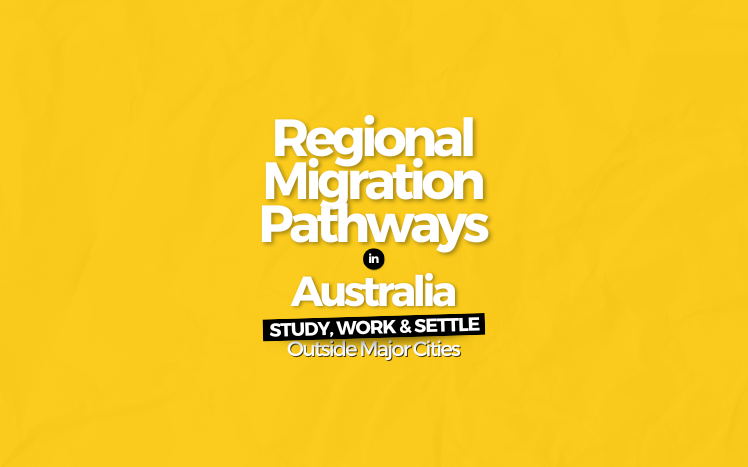Australia continues to experience a severe shortage of skilled tradespeople, especially in the construction sector, where demand is at a record high. Among the most sought-after trades are tiling, solid and fibrous plastering, and carpentry. These occupations play a crucial role in housing construction, renovation, and commercial building projects — making them essential for Australia’s long-term infrastructure growth.
For international students, migrant workers, and skilled professionals, these trades offer excellent permanent residency (PR) pathways, high employability, and stable income opportunities. This long-form guide explains why these trades are in demand, what qualifications are required, the visa options available, and how workers can transition into PR.
1. Why Trade Jobs Are in High Demand in Australia
Australia’s shortage in construction-related trades is driven by:
1.1. Housing Shortage & Population Growth
Australia’s population continues to grow, and housing supply has not kept pace. State governments and construction companies are urgently looking for workers to meet housing targets.
1.2. Retirement of Existing Tradespeople
A large portion of Australia’s current construction workforce is nearing retirement age. This creates a gap that must be filled by new workers — including migrants.
1.3. Infrastructure Projects
Every major state is investing heavily in infrastructure (highways, schools, hospitals, metro systems). These projects require carpenters, plasterers, and tilers.
1.4. Low Domestic Apprenticeship Rates
Fewer Australian students are enrolling in trade apprenticeships, increasing reliance on skilled migrants and international graduates.
2. Key Trade Occupations in Demand (ANZSCO, Lists & PR Relevance)
Below is a complete overview of the major trades relevant to migration.
Table: High-Demand Trade Occupations in Australia

MLTSSL (Medium & Long-Term Strategic Skills List) allows access to multiple PR visas.
3. Overview of Each Trade & Career Path
3.1. Wall & Floor Tiling
Tilers install ceramic, stone, and mosaic tiles. The trade involves waterproofing, layout work, cutting tiles, and finishing surfaces.
Job Demand Factors
– High renovation activity
– Increased demand in new housing
– Shortage of apprentices
Typical Salary
AUD $65,000 – $90,000 per year (higher for subcontractors).
3.2. Solid & Fibrous Plastering
Plasterers prepare interior walls, ceilings, and decorative finishes.
Solid Plasterer Duties
– Rendering
– Ornamental finishing
– Exterior and interior wall coatings
Fibrous Plasterer Duties
– Gyprock installation
– Suspended ceilings
– Partition walls
Salary Range
AUD $60,000 – $85,000.
3.3. Carpentry
Carpenters construct, install, and repair wooden structures in both residential and commercial projects.
Carpenter Duties
– Framing
– Roofing
– Formwork
– Fit-outs
Salary Range
AUD $70,000 – $110,000 (high demand = high rates).
4. Australian Qualifications Needed for These Trades
Many international students take vocational courses to enter these fields.

These qualifications are also used for TRA Skills Assessment, essential for PR.
5. Skills Assessment (TRA) — Mandatory for PR
To apply for a skilled visa, tradespeople must complete a TRA skills assessment.
TRA Assessment Stages
1. Document Review – qualifications, experience, employment evidence
2. Technical Interview – industry knowledge
3. Practical Skills Test – hands-on assessment
Once successful, you become skilled for migration purposes.
6. PR Visa Pathways for Tilers, Plasterers & Carpenters
Australia offers some of the strongest PR pathways for trades.
6.1. Skilled Migration (Points-Tested)
Subclass 189 – Skilled Independent Visa
– No sponsor required
– Permanent residency
– Based on points (age, English, experience, qualifications)
Subclass 190 – Skilled Nominated Visa
– Requires state nomination
– Additional 5 points
– Many states nominate trade occupations
Subclass 491 – Skilled Work Regional Visa
– Regional nomination
– 15 extra points
– PR after 3 years of living/working in regional areas
6.2. Employer-Sponsored PR Pathways
If a company sponsors you:
Subclass 482 (Temporary Skill Shortage Visa)
– 2–4 years
– Work full-time for employer
Subclass 186 (Employer Nomination Scheme)
– Direct PR or PR via transition stream
– Strong option for trades if employer sponsorship is available
6.3. DAMA Agreements (Regional Sponsorship)
DAMA = Designated Area Migration Agreement
Allows:
– Lower English requirements
– Lower salary thresholds
– PR pathways for trades in regional areas
Examples: NT, SA, VIC regional, QLD regional.
7. Which Australian States Need These Trades the Most?

8. Why These Trades Are Great for PR Applicants
✔ On MLTSSL (most important list for PR)
✔ Multiple visa pathways
✔ High employability
✔ Strong wages
✔ Construction industry growth for next 10+ years
✔ Employers willing to sponsor
9. Step-by-Step Pathway to PR Through These Trades
Step 1 — Study a Cert III in the trade
(Tiling, Plastering, Carpentry)
Step 2 — Complete 360 hours of vocational placement
(Depending on course)
Step 3 — Gain work experience
Paid or unpaid
Step 4 — Complete TRA Skills Assessment
Step 5 — Lodge EOI for skilled visas or find employer sponsorship
Step 6 — Apply for PR (189/190/491/186)
10. Final Thoughts: Why Trade Jobs Are One of the Best PR Pathways in 2025–2026
Tiling, plastering, and carpentry continue to be some of Australia’s most secure, stable, and PR-friendly occupations. With a national construction shortage, ongoing infrastructure investment, and skill shortages worsening each year, demand for skilled tradespeople is expected to remain high for the long term.
These trades offer:
– High job security
– Nationwide demand
– Attractive migration pathways
– Strong earning potential
– Opportunities to start your own business in the future
If you’re looking for a PR-friendly trade, these occupations are among the top choices in Australia.



